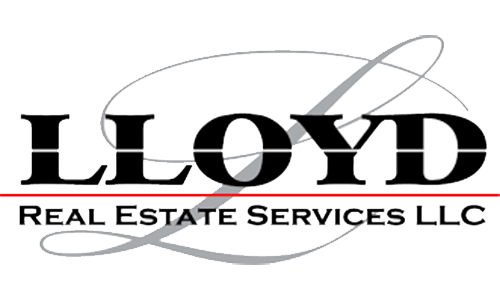Real estate appraisal isn’t just about comparing similar properties; it’s a multifaceted process employing different approaches to arrive at a fair market value. One of the key methods used is the cost approach, which focuses on the cost of creating a property, considering depreciation and land value. This blog post will explore the cost approach and its significance in real estate appraisals.
The cost approach estimates the value of a property by determining the current cost to construct a new building with similar utility, subtracting accrued depreciation, and adding the land value. It’s particularly useful for newer buildings, unique properties, or properties with specialized features where comparable sales data might be scarce. Think of it as building a replica of the property from scratch – the cost of that replication, adjusted for age and wear, forms the basis of the valuation.Here’s a breakdown of the key components:
- Reproduction Cost New: This is the estimated cost to construct an exact replica of the subject property using current materials and construction methods. It’s a precise calculation, often requiring detailed blueprints and consultations with contractors to obtain accurate cost estimates.
- Replacement Cost New: This is the cost to construct a building with similar utility to the subject property, but using modern materials and construction techniques. It’s often preferred over reproduction cost as it considers functional obsolescence – the loss of value due to outdated design or features. For example, replacing a dated kitchen with a modern one would be considered under replacement cost.
- Accrued Depreciation: This is the reduction in value due to the property’s age and condition. It’s broken down into three types:
- Physical Deterioration: This accounts for wear and tear from normal use and the passage of time. Think of things like worn-out carpets, chipped paint, or roof damage.
- Functional Obsolescence: This reflects the loss of value due to outdated or inefficient design or features. A small, inefficient kitchen in a large home would be an example.
- External Obsolescence: This results from factors outside the property itself, such as neighborhood decline, increased traffic noise, or changes in zoning regulations. This is often the hardest to quantify.
- Land Value: This represents the market value of the land the building sits on. This is usually determined through comparable sales analysis of vacant land in the area.
The cost approach formula is relatively straightforward: Reproduction/Replacement Cost New – Accrued Depreciation + Land Value = Estimated Value.However, the accuracy of this approach hinges on the reliable estimation of each component, particularly depreciation. Accurately assessing depreciation requires expertise and experience in construction, materials, and market trends.
Appraisers use various methods to estimate depreciation, including age-life, observed condition, and engineering studies.The cost approach is not always the primary method used in an appraisal. It’s often used in conjunction with the sales comparison approach (comparing similar properties) and the income approach (analyzing the property’s income-generating potential).
The appraiser weighs the results from each approach to arrive at a final, reconciled value. The weight given to each approach depends on the property type, market conditions, and the availability of data.In conclusion, the cost approach is a valuable tool in the real estate appraiser’s toolbox. While it has its limitations and is often used in conjunction with other methods, it provides a crucial perspective on property value, especially for unique or newer properties where comparable sales data might be insufficient. Understanding the components of this approach – reproduction/replacement cost, depreciation, and land value – is key to understanding the complexities of real estate valuation.

